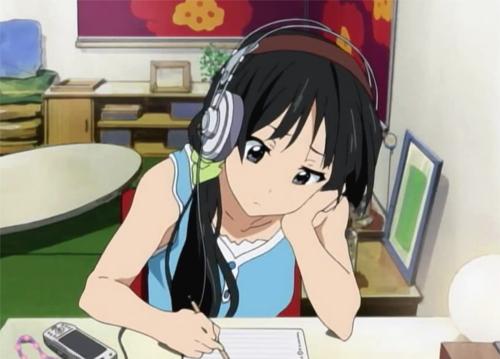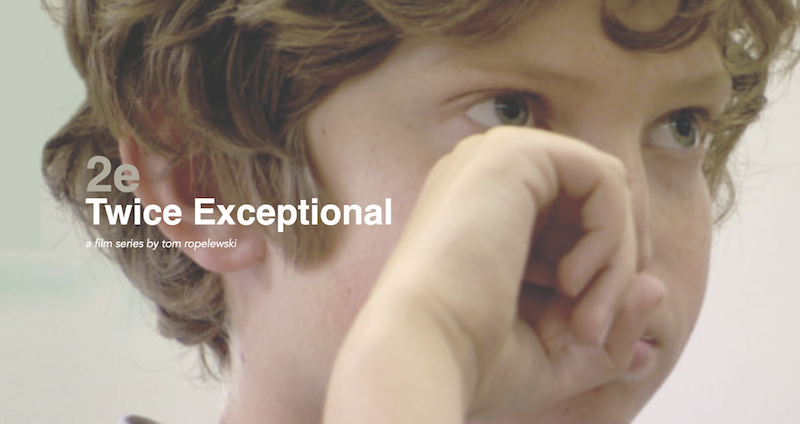Category: Education
-

Making online interactions real
No matter how great online interactions are, they are made even more meaningful with real-life experiences to share.
-

On moral violence
When we share our writing with others, we are making implicit moral choices and making explicit declarations of who we are as people. I encourage all parents to ask their kids questions about violence in their writing, and then listen to the answers.
-

2e: Twice Exceptional Movie Review
2e: Twice Exceptional is a low-budget documentary with heart. There’s nothing fancy about this peek into the lives of twice-exceptional teens, their parents, and their teachers. But just the existence of this documentary is revolutionary enough. 2e? The average reader’s first question is obvious: 2e? What’s that? I wrote a long discourse on the topic…
-
“What do you have against the public school system?”
It’s the sort of question homeschoolers report receiving in stores, at the Thanksgiving dinner table, while pumping gas… In this case, it was in the hot tub at my health club. He prefaced the question by explaining that public education “was sort of a family business,” with relatives working as teachers and administrators. When he…
-
WWDFS: The college scandal hits close to home
My husband and I are both graduates of Stanford University, though the university we went to bears little resemblance to today’s Stanford. I was in one of the last classes admitted under “Dean Fred”—the amazing Fred Hargadon who knew that although test scores are nice, a truly great student body is made up of diverse,…